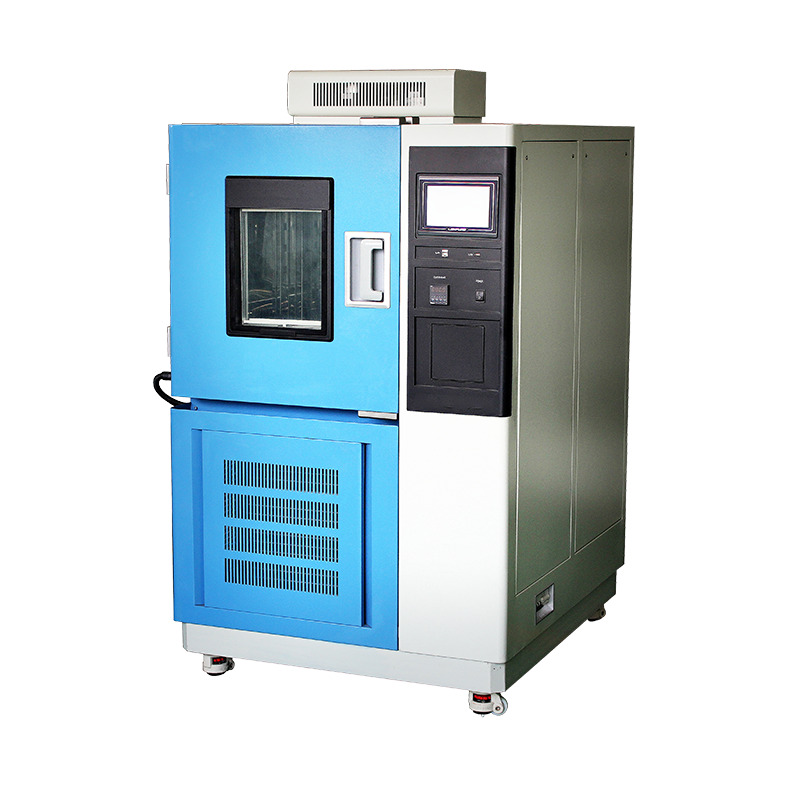The high and low temperature alternating test chamber is a device used to simulate product performance under extreme environmental conditions, commonly applied in industries such as electronics, electrical appliances, automotive, and aerospace. By setting different temperature ranges and change rates, it helps evaluate the durability and stability of products under rapid temperature variations.
Pushing Temperature Limits
The high and low temperature alternating test chamber can rapidly switch between high and low temperatures, simulating natural environmental temperature changes such as day-night variations and seasonal shifts. It can test product reliability across a temperature range as low as -70°C to as high as +180°C. Through such extreme testing, companies can ensure that their products do not fail under harsh conditions, thereby enhancing durability and safety.

Ensuring Product Quality
High and low temperature alternating tests can effectively identify potential issues such as:
- Material Aging: Temperature fluctuations may cause deformation, cracking, or detachment of materials.
- Circuit Failure: Thermal expansion or contraction may affect the normal functioning of circuit boards.
- Sealing Issues: Temperature changes can impact the performance of sealing strips, leading to leaks.
- Coating Peeling: Product surface coatings may peel or discolor under high or low temperatures.
Through these tests, manufacturers can identify and resolve potential quality issues before products enter the market, ensuring reliability and long-term stability in real-world use.
Applications
- Electronics: High and low temperature alternating tests for devices like smartphones, computers, and home appliances help verify their resistance to environmental changes.
- Automotive Industry: Components such as sensors and control modules must undergo such tests to ensure proper functioning under various climatic conditions.
- Aerospace: Aircraft and spacecraft components must endure high and low temperature alternating tests to guarantee safe operation in extreme temperature environments.
By subjecting products to these rigorous alternating high and low-temperature tests, manufacturers can better ensure product quality and performance, earning consumer trust in the market.












